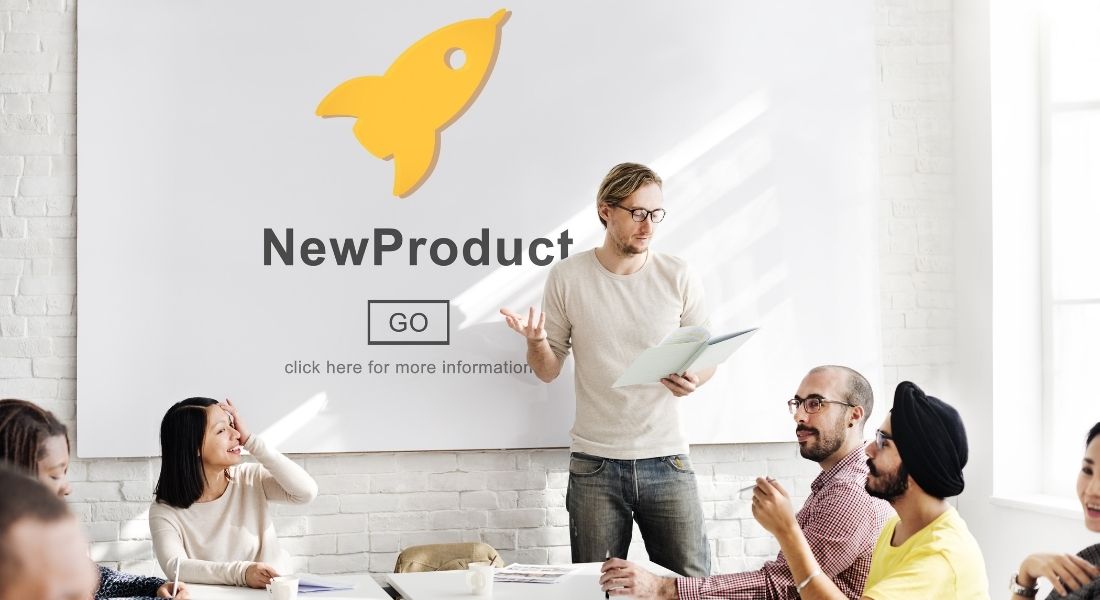What Is a Product Launch Strategy and Why You Need One
Starting a business is a fun and financially smart move. The sad fact of the matter is that many new ventures crumble before they even really begin. What separates the success stories from the broken dreams often comes down to a person’s grasp on marketing.
Launching a business is more complex than simply popping your new product up on a shelf. As such, it is crucial to understand what a product strategy is and why you need one.
What Is a Launch Strategy?
The moment your business opens its doors for the first time is always a momentous event. Whether we’re talking literal doors or simply uploading your first item to your ecommerce site, the gravity of the event must be the same.
It’s the point at which your business needs to prove it’s a functional idea. For it to do that, you must do your due diligence by designing a strategy that encourages customers to stream in that door or click that ‘shop now’ button.
Start Building a Community Early
Anyone wondering what a product strategy is and why you need one, first and foremost must realize that a successful strategy starts long before the real launch date. The strategy begins with acquiring customers before you have a final product.
It’s not as absurd as it sounds as early interest via social media marketing will help prepare potential buyers. What’s more, you may even make loyal customers out of early access testers. Start building a community today and don’t bother launching anything major until you know it will succeed.
Design Your Launch With Care
Once you have a steady following of interested people and have successfully tested your goods, it’s time to plan the launch. What will ultimately determine noteworthy success is clear communication. Make sure time, date, and any additional details and key items are highlighted appropriately.
The goal is to stir up buzz and hopefully increase your audience size just before the big date. Take the time to create visuals and content discussing the details of the launch. It’s also an ideal time to finalize your packaging design by sharing prototype images. Enjoy the benefit of direct feedback from potential buyers and look for clues on what visual elements of your goods and packages most catch people’s eyes.
React Appropriately To Feedback
Finally, during the public development stages and after the launch, it’s important to be aware of the comments that will come in. Before the launch, a certain number of people who buy early may not be your intended audience or necessarily who you intended to be a tester.
Filter out basic feedback from the deep and helpful varieties. After the launch, the general public’s opinion matters most. Reply to all feedback graciously and take the criticism seriously. Feedback will likely be the basis for the bigger and better launch of the improved services and goods of your business.




